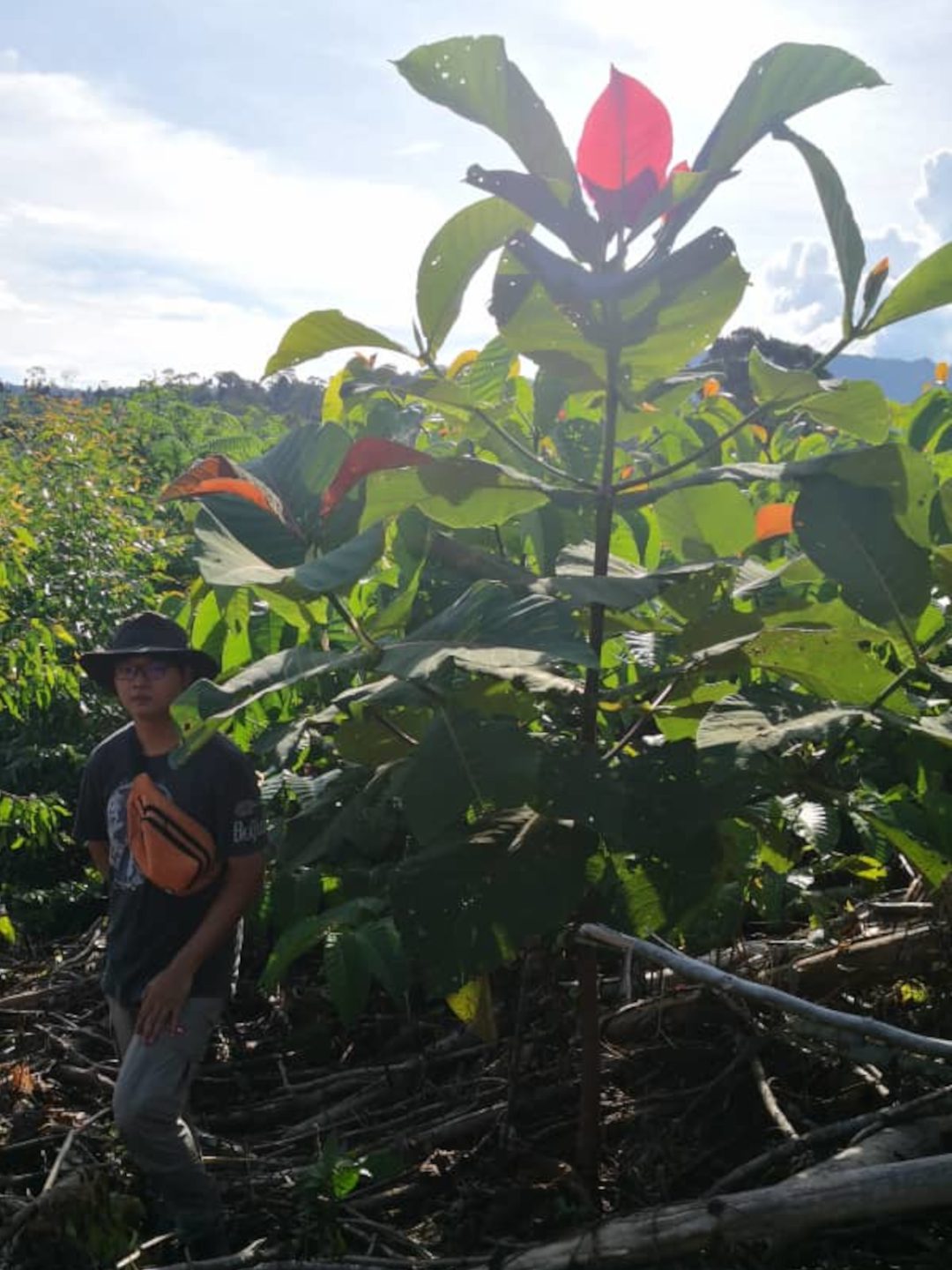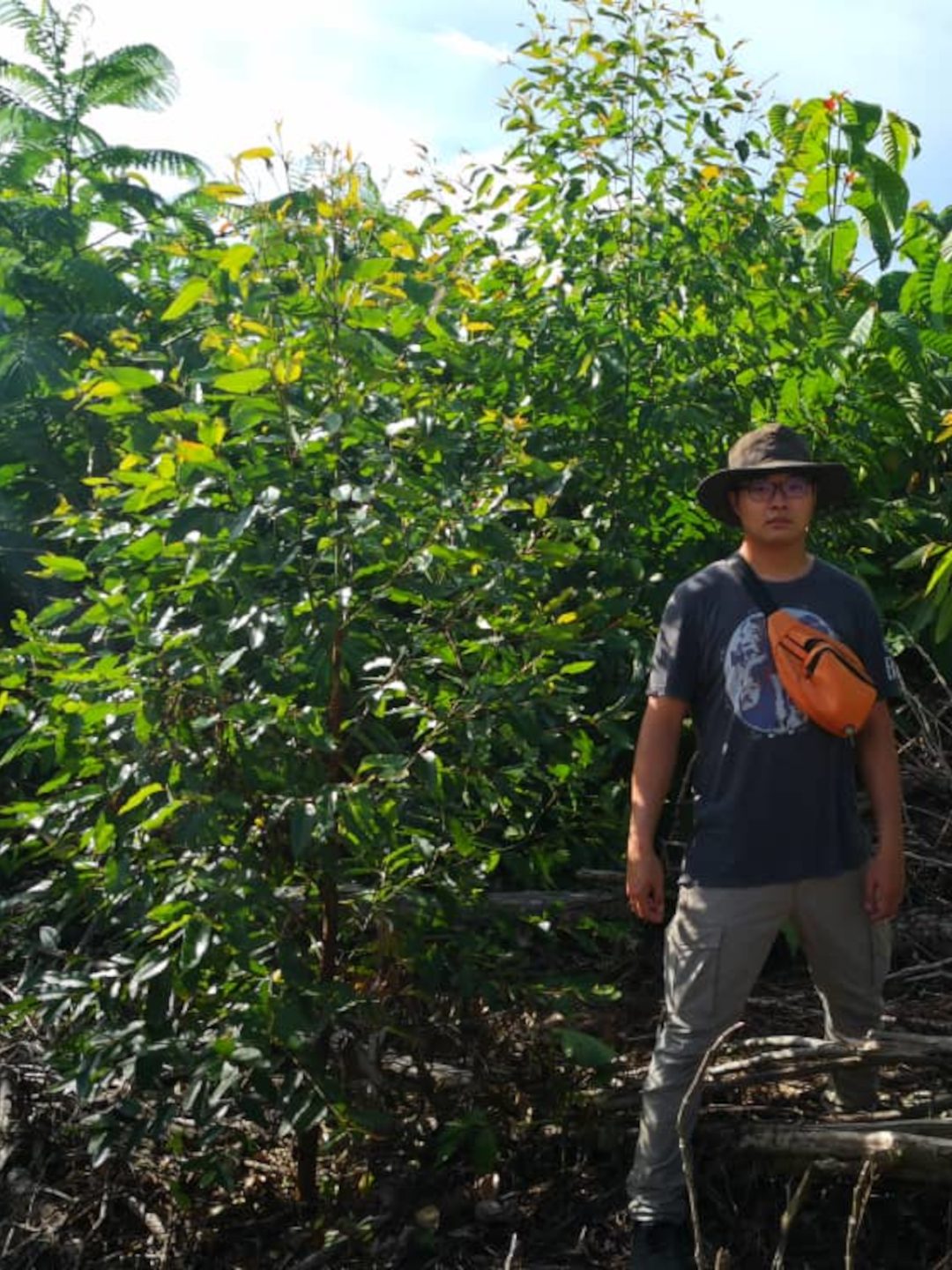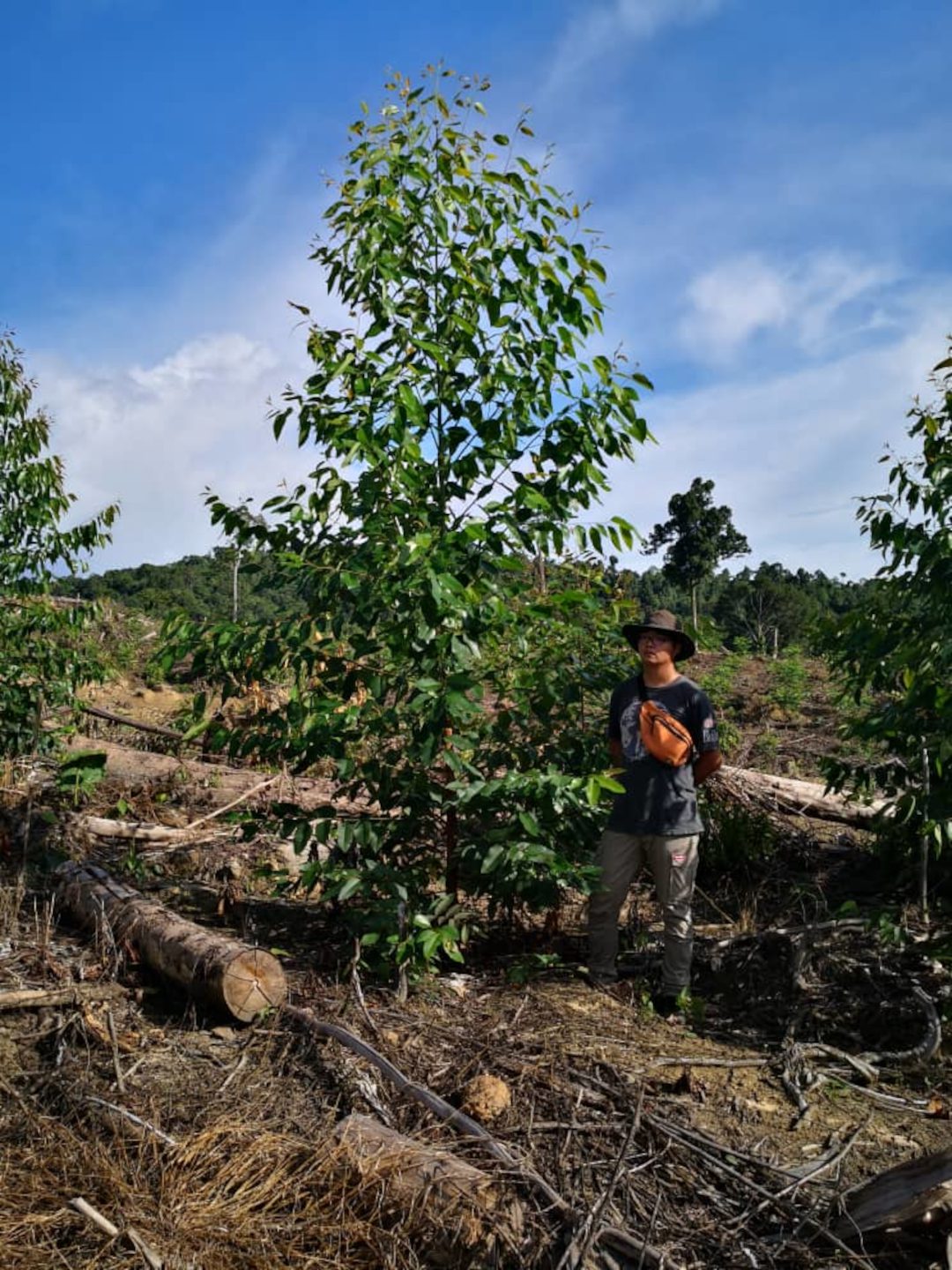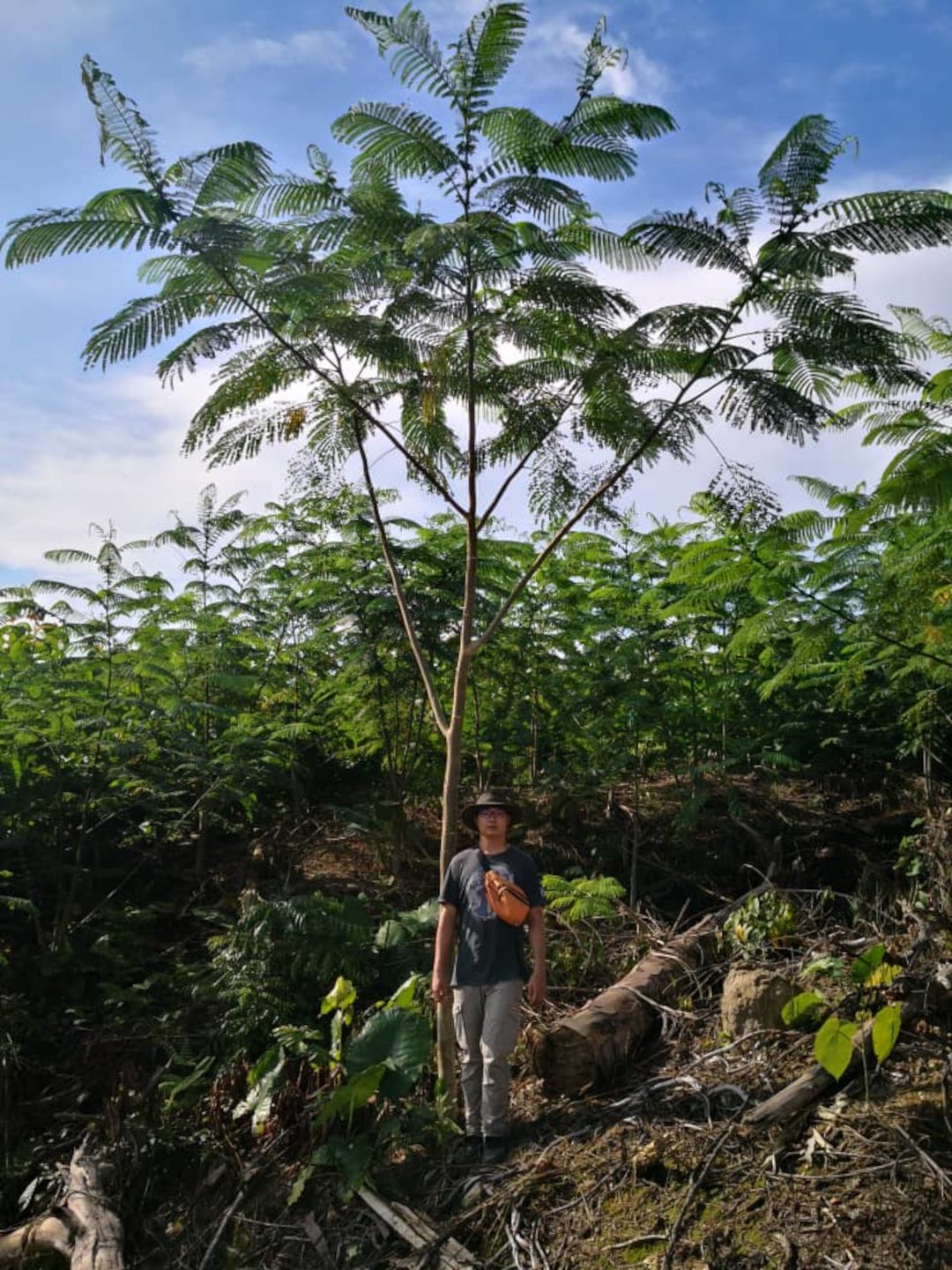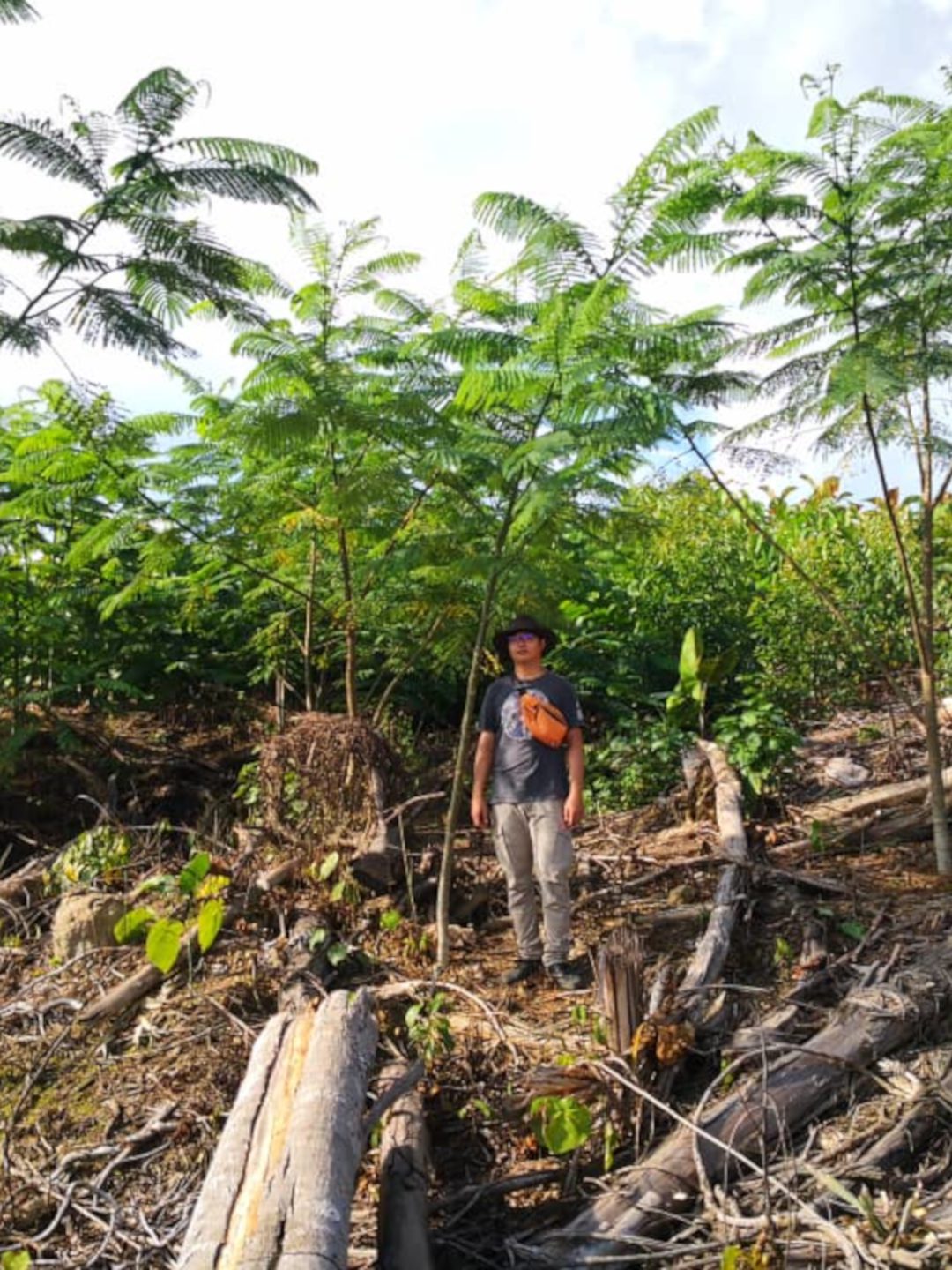Timber plantation plays a significant role to produce raw timber material. Choosing a fast-growing species can create a higher yield in the shortest time compared to the natural forest. To ensure the planted material is growing well in the planted area, there are few criteria we have to look into by following the BFC guidance;
1. Seedling Quality in Nursery
a) Root shoot ratio – avoid seedling shoots becoming too long and leaves too large;
b) Root quality – roots of the seedling must be robust, fill the whole cell and be white;
c) Stem quality – seedling stems should be straight when issued out for planting;
d) Pest and disease control – the seedlings should be free of any pests and diseases.
2. Site Preparation
The soil condition is essential for trees to grow healthy. It is vital to manage the soil compaction as this could be the permanent damage to the site and cause the low yield to the plantation. We should adopt a “harvest to plant and plant to harvest” approach.
3. Weed Control
Using chemical weed control to allow for more effective weed control. With lesser weeds surrounding the planted seedlings, growth rates will increase as the trees can focus more energy on growth rather than competing with other organisms. Furthermore, this helps to reduce the number of pests found in the planting area due to the lack of shelter to be found.
4. Transportation and Planting
The seedlings must be watered before loading and covered with a layer of shading net. The driver should not drive too fast to avoid wind stress to the seedlings. More importantly, holing for the seedling should be done just before planting as the soil might dry up if left out too long. Holing becomes more critical in compacted areas. Fertilizer is also required to apply at the time of planting, or at most up to 1 week after planting.

